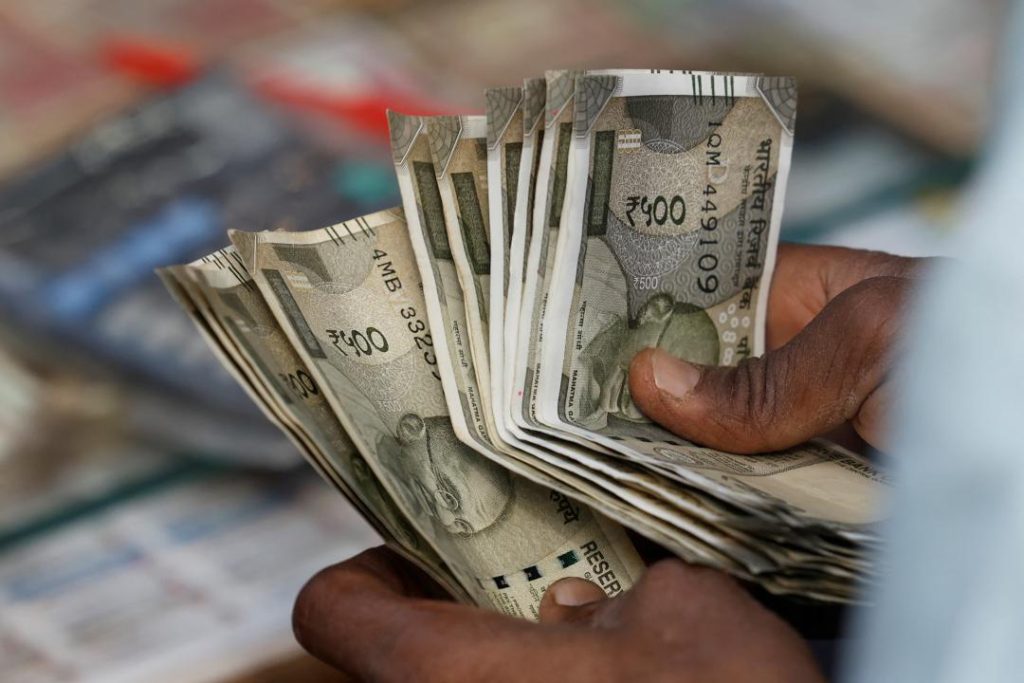
What got cheaper & costlier in March as CPI falls to 67-month-low of 3.34%?
India’s retail inflation, as measured by the Consumer Price Index (CPI), has fallen to a 67-month-low of 3.34% in March 2023, according to the latest data released by the Ministry of Statistics and Programme Implementation. This significant decline in retail inflation has had a ripple effect on various commodity prices across the country. In this blog post, we’ll delve into the price movements of different essential items and explore what got cheaper and costlier in March.
Declining Prices
The prices of certain essential items witnessed a significant decline in March, much to the relief of consumers. Eggs, which have been a crucial source of protein for many, saw a considerable drop in prices. According to the data, eggs became 4.4% cheaper in March compared to the same period last year. Similarly, the prices of vegetables and pulses also saw a notable decline, with vegetables becoming 2.6% cheaper and pulses 3.4% cheaper.
Other items that saw a marginal decline in prices include spices, meat, fish, housing, recreation, and amusement. These price drops are likely to bring some respite to consumers who were facing higher prices in recent months.
Prices that Jumped
On the other hand, the prices of some essential items saw a significant jump in March. Fruits, which are an essential part of a balanced diet, became 5.3% more expensive compared to the same period last year. This could be attributed to factors such as supply chain disruptions, weather conditions, or changes in global demand.
Marginal Rises
Several essential items saw a marginal rise in prices in March. Cereals, milk, oil, sugar, confectionery, clothing, snacks, sweets, pan, tobacco, footwear, fuel, and health and education services all saw a price increase of less than 1%. While these price rises may seem insignificant, they can still have an impact on consumer spending habits.
Why did Retail Inflation Fall?
So, what led to the decline in retail inflation? There are several factors that contributed to this fall. One of the primary reasons is the decline in global crude oil prices, which has led to a decrease in fuel prices. Additionally, the Indian rupee has strengthened against the US dollar, making imports cheaper. The government’s measures to boost agricultural production and supply chain management have also helped to keep prices under control.
What does this Mean for Consumers?
The decline in retail inflation has several implications for consumers. With prices of essential items like eggs, vegetables, and pulses declining, consumers can expect to save some money on their monthly expenses. This could also lead to an increase in consumer spending, which can boost economic growth.
On the other hand, the rise in prices of certain items like fruits and fuel may require consumers to adjust their budgets accordingly. However, the marginal rises in prices of other essential items are unlikely to have a significant impact on consumer spending.
Conclusion
The decline in retail inflation to a 67-month-low of 3.34% is a welcome sign for the Indian economy. The fall in prices of essential items like eggs, vegetables, and pulses is likely to bring some relief to consumers. While prices of certain items like fruits and fuel have seen a rise, the marginal increases are unlikely to have a significant impact on consumer spending.
As the Indian economy continues to grow, it’s essential to monitor retail inflation and ensure that it remains within a sustainable range. By doing so, the government can create a favorable environment for businesses to thrive and consumers to enjoy a better quality of life.






